A blood disorder can influence quality of life, especially if it stops a person from living independently. But can you get disability for a blood disorder, if that happens? How will the authorities look at it and evaluate it? What disorders are covered? Find out this and more.
Contents
Over 1,00,000 Americans experience the pitfall of Sickle Cell Disease, Anemia being the second most common blood disorder. But, likely, having a blood disorder does not imply having a disability.
Understanding the intensity of symptoms that makes a condition fluctuate from moderate to severe is what is essential when considering disability claims for a blood disorder. The symptoms of blood disorders can vary to a degree where they can even cost the life of an otherwise healthy individual.
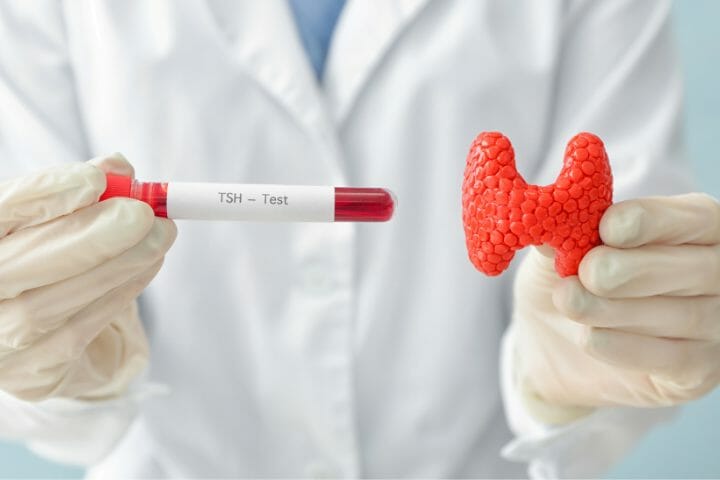
A blood disorder receives a tag of disability when Social Security considers your blood disorder under a disability listing.
Does Social Security Consider Blood Disorders To Be Disabling?
Yes. Social Security considers those medical conditions under a disability that can severely impact the person’s ability to do any work.
Blood disorders are diseases that affect the functioning of the bloodstream. Your body consists of the solid and liquid forms of blood. While red blood cells, white blood cells, and platelets are from a substantially solid portion, Plasma is a composition of salt, water, and proteins that combines to make the liquid blood cells.
Most blood diseases happen only in the event of infections, complications of other medical disorders, or genetic factors. As a result, the blood defects can arise when:
- Red Blood Cells, the solid components of your blood fail to carry oxygen.
- White blood cells stop working to protect the body against bacteria, viruses, or other alien irritants.
- Platelets do not respond well to form blood clots that help stop bleeding during injury.
- Plasma limits its function to distribute nutrients, proteins, hormones, and waste to the other systems in the body.
Blood is an integral part of your body that regulates essential nutrients, proteins, and oxygen in other organs. Any blood disorder can cause many problems for an individual, which restricts their ability to live and work.

Symptoms
There are few symptoms of blood abnormalities, however, they can vary depending on the type of disease. For instance, conditions that affect red blood cells can show signs of weakness, rapid heart rate, reduced physical activity and lack of concentration due to a poor supply of oxygen-rich blood cells.
On the contrary, disease relating to white-blood cells are generally marked by infections, malaise, lack of strength, or weight loss.
All of these symptoms of blood diseases can become so intense to restrict a person’s potential. In the worst case, these symptoms may look temporary, but human studies speak of many instances when the person can die out of serious complications.

Treatment
There is no single course of treatment for blood disorders. Depending on the severity and type of disease, your doctor might consider a course of blood transfusions, bone transplants, chemotherapy or even a simpler form of treatment such as vitamin supplements and medication.
You might also like to read: Can You Get Disability For Autoimmune Disease?
Blood Disorders That Might Qualify for Disability Benefits
As per the definition of a Social Security disability, any person with a chronic medical condition can qualify for disability benefits on certain conditions.
- The disease restricts an individual from doing any household chores due to mobility issues, making a person incapable of sitting, standing, or even walking.
- Difficulty in speaking, hearing, or concentrating in the workplace or a social community.
- In the case of difficult symptoms, they are likely to stay longer.
The administration evaluates each blood disorder by breaking them down into two categories:
- Non-cancerous diseases: Hemolytic Anemias and their variations, under 7.05; Thrombosis and Hemostasis diseases under 7.08, and disorders of Bone Marrow Failure, under 7.10. Bone Marrow and Stem Cell Transplantation under 7.17.
- Cancerous diseases: Lymphoma, Leukemia, and Multiple Myeloma under 13.0.
Here are a few blood disorders that qualify for disability benefits as a result of their prolonged effect and serious complications:
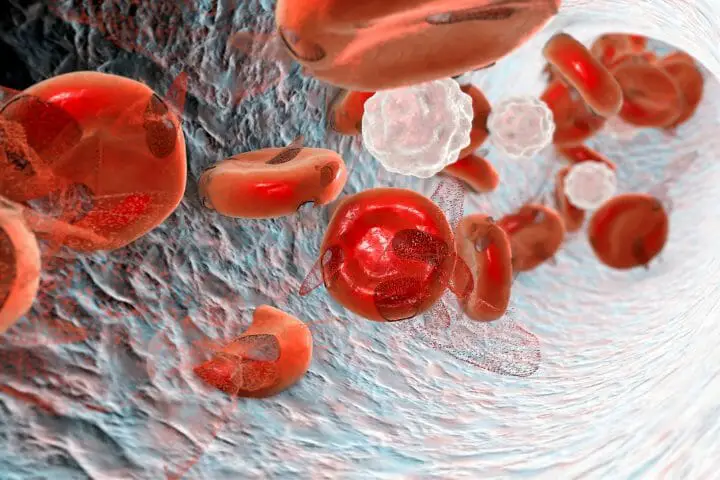
Chronic Anemia:
A person with Chronic Anemia can qualify for disability benefits. However, social security does not explicitly state the disease in the listings.
The signs of Chronic Anemia are unbearable and even make a person feel like passing out. This points out the intensity of this disease that limits an individual from performing many tasks independently.
Often caused by other medical conditions like inflammation, kidney and heart problems, or cancer, diseases like Chronic Anemia may happen when these diseases last for more than 3 months.
The disease itself does not fall under the impairment listings. However, the listings covered under 7.00G2 state that repetitive complications of Anemia can still make a person disabled. Early and persistent suspects of Chronic Anemia may show signs of fatigue, tiredness, headache, intense pain, malaise, and joint swelling.
Sickle Cell Disease and Variations:
Social security also evaluates hemolytic Anemias, including Sickle Cell Disease, as a disability. Affecting 70,000 to 1,00,000 Americans, Sickle Cell disease derives its name from the abnormal shape of red blood cells.
These are often passed on from the genes of a family member, meaning there is no definite cause of the disease. A person born with sickle cell disease may experience chronic pain because of C-shaped red blood cells. The different structure of red blood cells obstructs the flow and blocks red blood cells’ growth.
A person with sickle cell disease and its variations may have to present:
- Record of painful crisis that requires narcotic medications occurring 6 times in a year, with a difference of 30 days.
- Three records of 48-hours hospitalization, including the hours spent in the sickle cell disease center or an ER, with records falling within a year of diagnosis, in a gap of 30 days.
- A hemoglobin report with less than or equal to 7 g/dL, taken three times within 12 months or atleast twice during a 30 day period between the first and second measurement.
You might also like to read: Can You Get Disability For Thyroid Disease?
Hemophilia Thrombocytopenia or Telangiectasia
The missing blood-clotting factors give rise to Hemophilia. It is a rare medical condition in which blood does not clot properly and causes excess bleeding at the injury time. Listing 7.08 view Hemophilia Thrombocytopenia and Telangiectasia as a disability that can stop a person from involving in daily chores of life.
Thrombocytopenia is a chronic condition that appears with low blood platelets. Having low platelets means that you can experience abnormal bleeding from gums, eyes, or gallbladder, apart from excessive bleeding from injuries.
A person with Hemophilia and Thrombocytopenia may have to submit:
- Proof of three times hospitalization that contains 48-hours admittance including the hours of the emergency department or Hemophilia disease center, occurring in a year with a period of 30 days.

Aplastic Anemia With Bone Marrow or Stem Cell Transplant
Social security regards Aplastic Anemia under 7.10 and Bone marrow and Stem Cell Transplant under 7.17 as a qualifier disorders to attain insurance benefits.
Aplastic Anemia with Bone Marrow Transplant takes place when the body does not produce new blood cells, causing different organs of the body to bleed continuously. The rare condition has adverse signs of unexplained bleeding, tiredness, bacterial growth, and inability to focus for long hours. You are likely to receive Social security benefits for 12 months from transplantation.
Polycythemia Vera
If you suffer from Polycythemia Vera, you can still get disability benefits. The social security listing allows disorders that do not match the listings but still satisfy the criteria in another body system. For this reason, Polycythemia Vera under 3.00, 4.00, or 11.00 is one condition that qualifies for disability benefits.
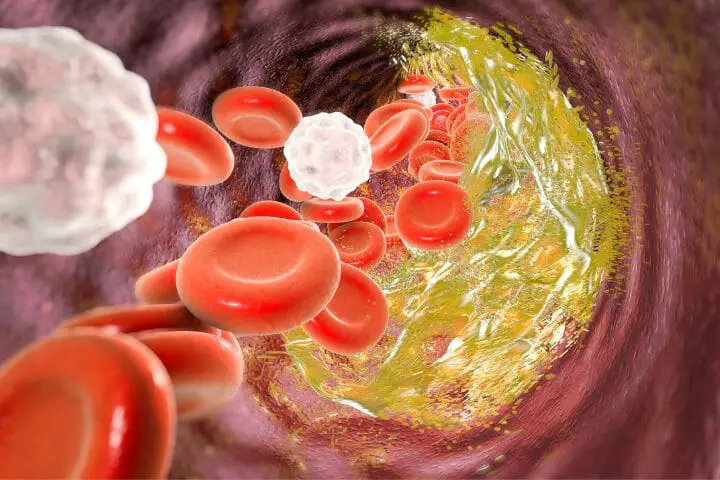
How Does Social Security Assess Blood Disorders for SSDI or SSI?
Having blood disorders is not enough. You may have to provide strong evidence to collect the benefits given by the Social Security Administration.
- Laboratory results depict more than one diagnosis in 3 months.
- Prophylactic therapy results
- Pain crisis documentation
- X-rays, CT Scans and MRIs
- Evidence of blood transfusions
- Proving severity under medical criteria
- Hospitalization reports, at least 3 times a year
- Proof of Platelets counts showing less than 40,000/microlites and documents reporting 5-times infection diagnosis within five months.
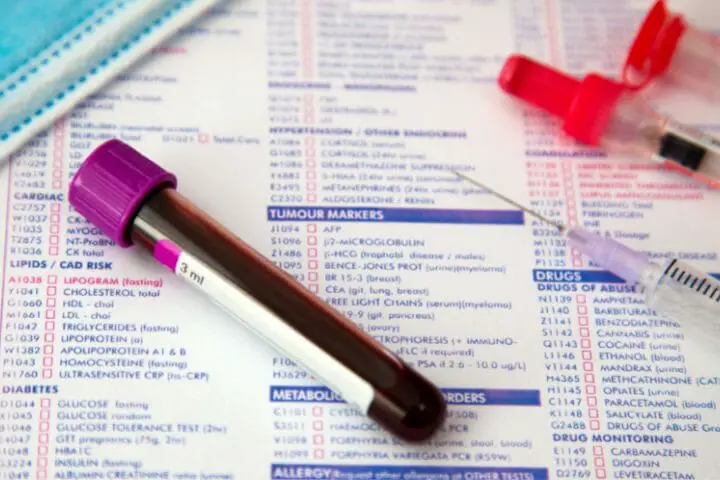
Blood disorders are included in The Rights of Persons with Disabilities (RoPWD) Act.
The Right Of Person with Disability (RPWD) Act includes three disorders: Thalassemia, Hemophilia, and Sickle Cell Anaemia Disease (SCD).
Thalassemia:
Thalassemia results from less hemoglobin than an optimum requirement to carry oxygen to each system of the body. This happens mainly due to fluctuations in alpha and beta genes, eventually destroying the red blood cells. People with Thalassemia often experience lethargy, pale skin, misalignment of facial bones, anorexia, or puffy belly.
Hemophilia:
As explained earlier, Hemophilia is a rare condition, and people affected with this disease get equal rights and benefits under the Right of Persons with Disability Act, 2016.
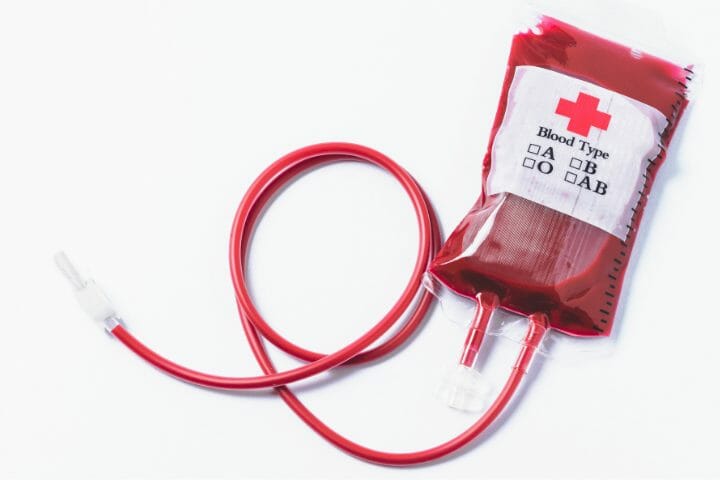
Sickle Cell Anemia Disease (SCD):
As discussed previously, Sickle cell anemia disease is responsible for disrupting the blood cycle. People with this disability have to bear abdominal pain, leg ulcers, gallstones, infections, Anemia, stroke, organ damage, and hip bone necrosis.
You might also like to read: Can You Get Disability For Hashimoto’s Disease?
What Does The RPwD Act Have For Persons With Blood Disorders?
The Rights Of Person with Disability Act introduces equal rights for the person with a disability to ensure no discrimination. The act practices that a person’s disability should never hinder the liberty and dignity of people with disability.
The act allows the following rights for people with blood disorders (Thalassemia, Hemophilia, Sickle Cell Disease):
- Right to free education for children aged between 6 to 18 years.
- 5% reservation seats in higher public educational institutions.
- Access to public and private buildings at a specified time.
- Employment opportunity in Government jobs with 4% reservation seats.
- Financial assistance
- Penalty for offenses against persons with disability
- Right to Special courts to stand for any injustice against a person with disability rights.

What accommodations should employers and educational institutions provide?
The PWD Act allows employers and educational institutions to grant reasonable adjustments to disabled people.
- Flexible schedule.
- Extra leaves in case of sudden severe symptoms
- Relocation to employment in preferred cities
- Safe environment and available special equipment
- Policies against the practices like bullying, discrimination, and other forms of harassment.
Frequently Asked Questions
#1 Can you work with severe Anemia?
You may have difficulty concentrating at work when there is a low amount of oxygenated blood cells in your body.
#2 Can you get a disability for low white blood cell count?
Yes, Leukopenia is a term used for low white blood cell counts. A person is entitled to receive disability benefits under Social Security Administration guidelines.
#3 What level of Anemia is severe?
A person with moderate Anemia can have 7.0-9.9 grams of Anemia per deciliter, while severe Anemia may lead to less than 7.0 grams in an individual.
#4. Can you get disability for blood clots?
An isolated blood clot is hardly a cause for disability. But recurrent blood clots might be happening due to some other disorder such as recurrent arrythmias, chronic pulmonary disease (CoPD), or congenital heart disesae. In such cases, you can file a disability claim under the listing meant for these diseases.
#5. Can you get disability for herpes?
Yes, but you need to be able to show that you have developed a serious condition on the basis of that herpes virus infection. You will have to provide medical records and a history of treatment to base your claim on.
#6. Can you get disability for anemia
Anemia in itself is far too common to be considered as a disability, but you can get disability for chronic anemia as we pointed out earlier.
#7. Can you get disability for Lupus?
Yes, you can file a disabiltiy claim for lupus with the proper medical records and treatment history. You might be qualified for lupus disability tax credits as well.

Wrap Up
Having a disability for a blood disorder does not necessarily impact the standard of living. As long as you know about the public welfare agencies, laws, and disability programs, you can receive equal rights, protection, and insurance benefits.
If you like the article, please let us know your thoughts. Also, share the article to pass on the knowledge to other people.

